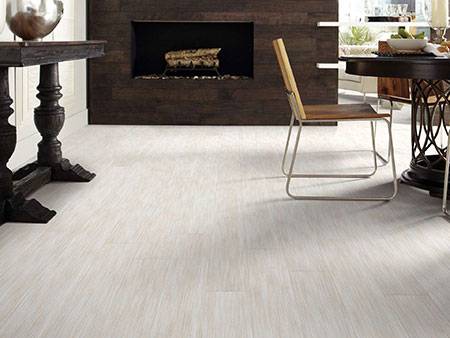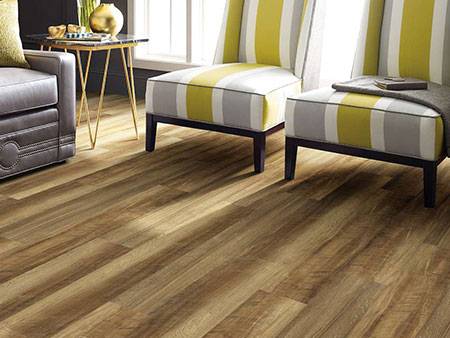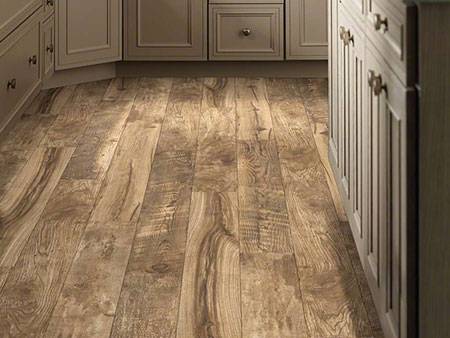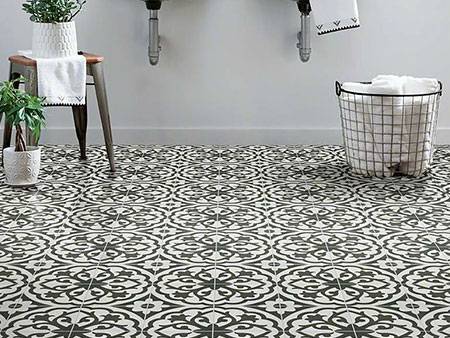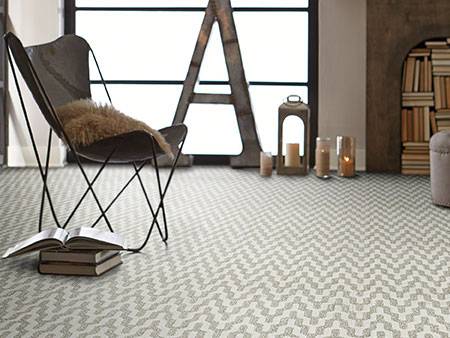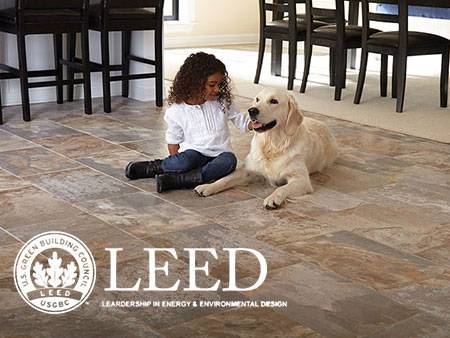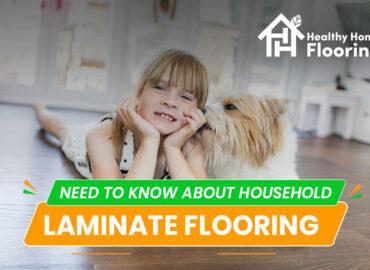Understanding Hypoallergenic Flooring: Promoting Health and Well-being
The foundation of any home’s interior design lies in its flooring, not only for aesthetic purposes but also for its impact on the health and well-being of the occupants. In recent years, the focus on creating a healthy living environment has led to the emergence of hypoallergenic flooring options that cater to both design preferences and the specific needs of individuals with allergies or sensitivities. This article explores the concept of hypoallergenic flooring, its benefits, and how to properly care for these specialized surfaces.
Hypoallergenic flooring, as championed by Healthy Home Flooring, takes into account the diverse range of allergens and irritants that can accumulate within traditional flooring materials. These allergens, including dust mites, pet dander, mold spores, and pollen, can exacerbate allergies and respiratory issues, particularly in sensitive individuals. The rise in awareness about these health concerns has prompted a shift towards flooring materials that are designed to minimize the accumulation of these irritants, promoting a cleaner and healthier indoor environment.
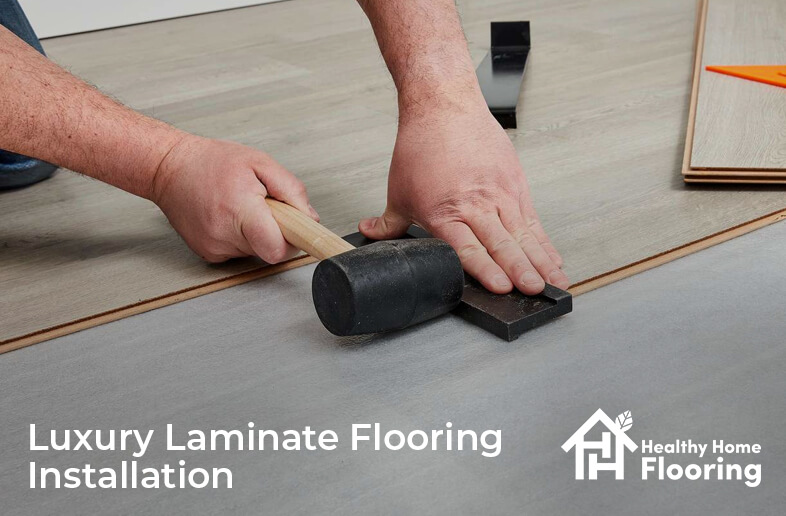
Advantages of Hypoallergenic Flooring: A Barrier Against Allergen Retention
One of the standout advantages of hypoallergenic flooring is its ability to create a barrier against allergen retention. Traditional carpeting, for instance, is notorious for trapping allergens deep within its fibers, even with regular vacuuming. In contrast, hypoallergenic flooring options like hardwood, bamboo, cork, and certain types of tile have a smoother surface that doesn’t harbor allergens as easily. Additionally, some manufacturers offer carpets made from synthetic fibers that are treated to resist allergen buildup.
Moreover, hypoallergenic flooring materials are often resistant to moisture, which can prevent the growth of mold and mildew. Mold spores can trigger allergies and respiratory problems, and by choosing flooring that doesn’t provide a conducive environment for mold growth, homeowners can significantly improve the indoor air quality of their living spaces.
Caring for Hypoallergenic Flooring: Maintenance Tips for a Healthy Home
Taking care of hypoallergenic flooring is relatively straightforward and requires attention to a few key principles. The Healthy Home Flooring website provides valuable insights into proper floor care techniques. Regular cleaning is paramount, and it’s recommended to use a vacuum cleaner equipped with a HEPA filter to effectively remove allergens without releasing them back into the air. For hard flooring surfaces, a damp mop can be used, ensuring that excess moisture is avoided to prevent mold growth.
Furthermore, area rugs and doormats placed strategically at entryways can help prevent the tracking of allergens from outdoors. These rugs can be easily cleaned or replaced as needed, adding an extra layer of protection for the hypoallergenic flooring beneath.
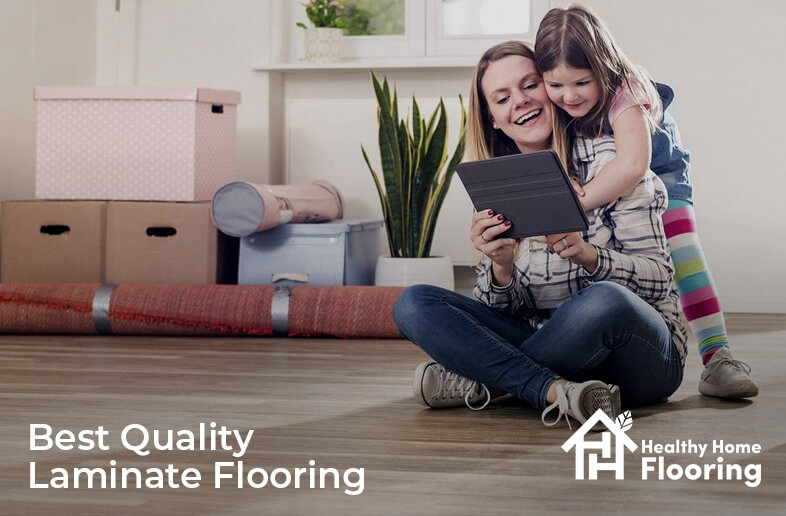
Conclusion
In conclusion, the choice of flooring material holds significant implications for indoor air quality, especially for individuals with allergies or sensitivities. Hypoallergenic flooring options have gained prominence for their ability to minimize allergen accumulation, thereby fostering a healthier home environment. With their sleek surfaces and resistance to allergen retention, these flooring materials not only provide functional advantages but also contribute to the overall aesthetic appeal of a space. For more information Visit us at Healthy Home Flooring.









